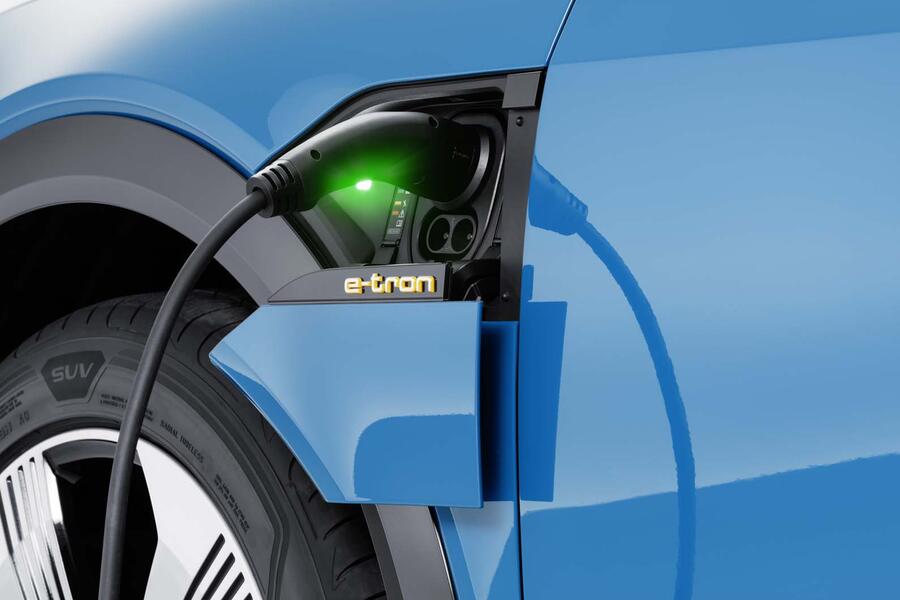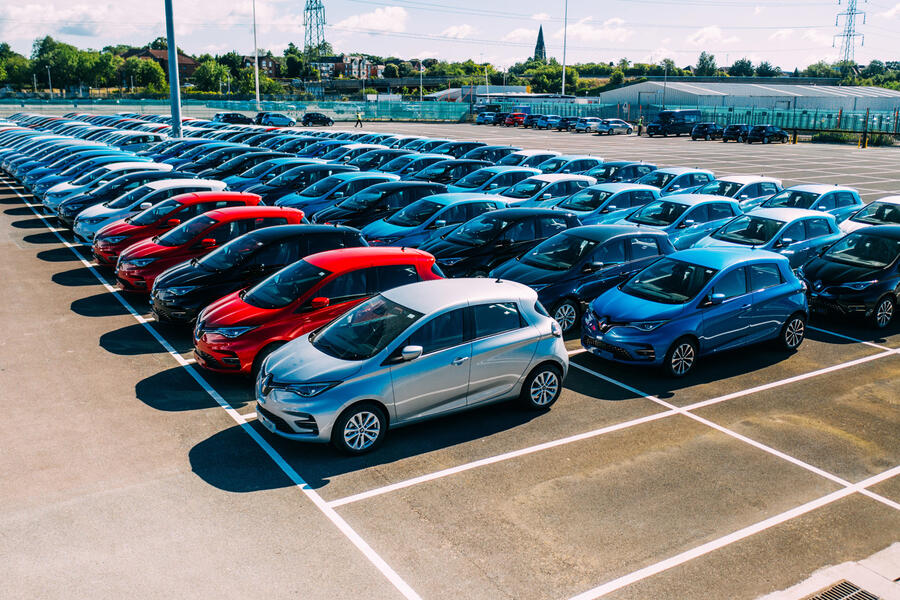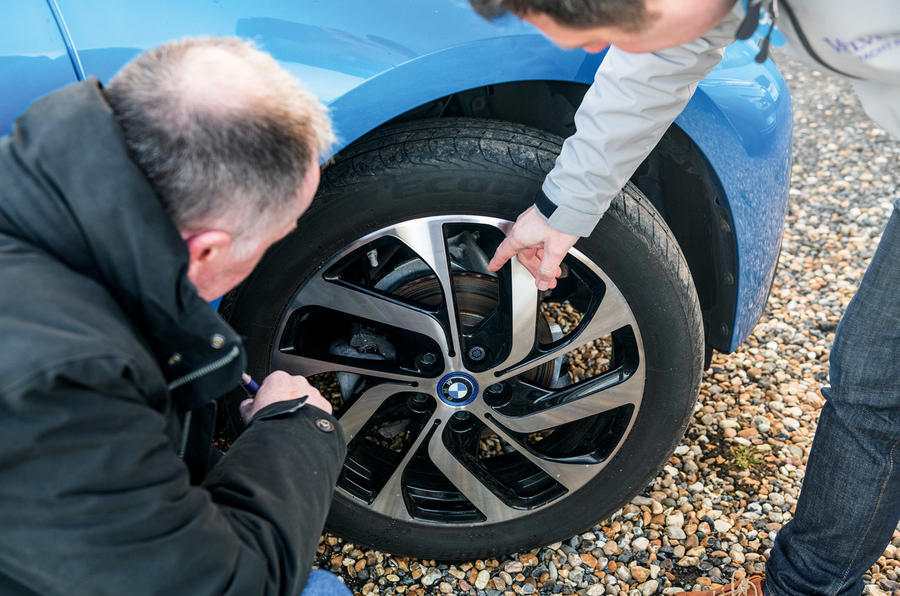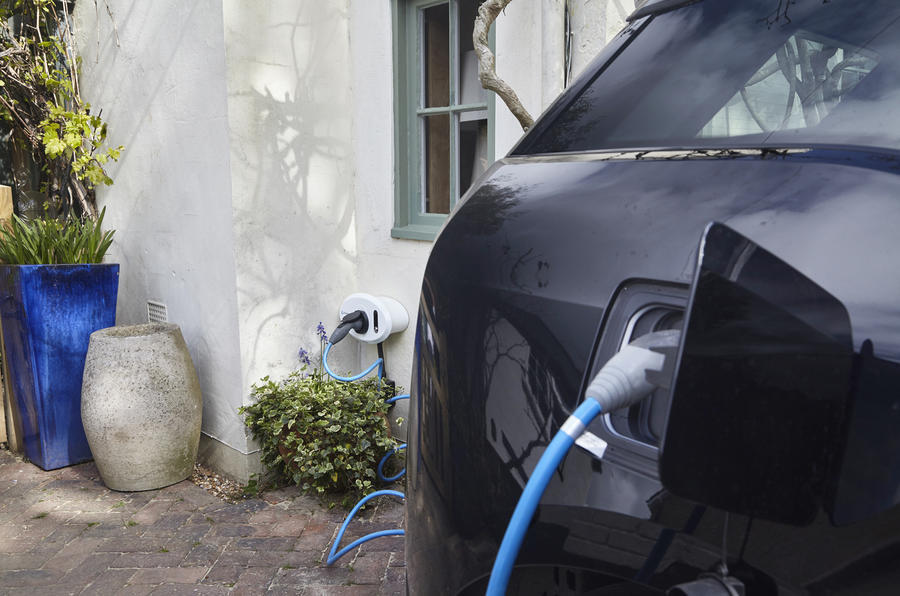Until recently, buying a used electric car was a bit of a leap into the unknown. Viewed as rare and technically complex, these zero-emissions-at-the-tailpipe machines were treated with scepticism by traditional second-hand buyers more interested in bargains than batteries.
Yet with manufacturers adding ever more EVs to their line-ups over the past few years, the choice of used examples is increasing all the time. On top of that, a growing awareness of the need for zero-emissions motoring is really starting to cut through, making a second-hand electric car more desirable than ever.
So what do you need to know? Read on as we reveal all the top tips you’ll need to bag a top used BEV.
Types of electric cars
First up you need to decide exactly what sort of electric car you want or need, because currently there are quite a few to choose from.
Most obviously there are BEVs (battery-electric vehicles), which are the ones that usually come to mind when thinking of electric cars. Using a large battery pack to power an electric motor or motors, these machines run purely on electricity. As a result, ‘range anxiety’ can be an issue, with drivers sometimes worried they’ll be stranded without power. On some early BEVs this is a genuine concern, with the distance between charges in, say, an early Nissan Leaf being little more than 90 miles. Yet some later models are now pushing to 300 and even 400 miles on a single charge.
Next up are PHEVs (plug-in hybrid electric vehicles), which combine a traditional ICE (internal combustion engine) with an electric motor and smaller battery. For most short journeys, the electric motor can take the strain, thanks to a range that’s typically between 25 and 40 miles. However, when the battery cells are drained or you need to go further afield, you can use the petrol or diesel engine. Like BEVs they can be plugged in to recharge the battery, although many also allow you to replenish the electricity using the ICE as a generator.
REx (range-extenders) operate in a similar way but using a different mechanical philosophy. Effectively they drive like BEVs, using the electric motor to drive the wheels all the time, while like PHEVs they have an ICE. Yet unlike plug-in models, this is used purely as a generator to keep the battery at a minimum state of charge until you can plug-in and return the cells to maximum, when you’ll be able to run with zero emissions at the tailpipe.
Is an electric car right for me?
This is arguably the question that needs to be at the top list for every potential EV buyer. Essentially you have to take the time to work out what you’re going to use the car for and where it’s going to be parked when not in use, as there’s no point going electric if you can’t recharge its battery because you’ve no access to the mains.




Join the debate
Add your comment